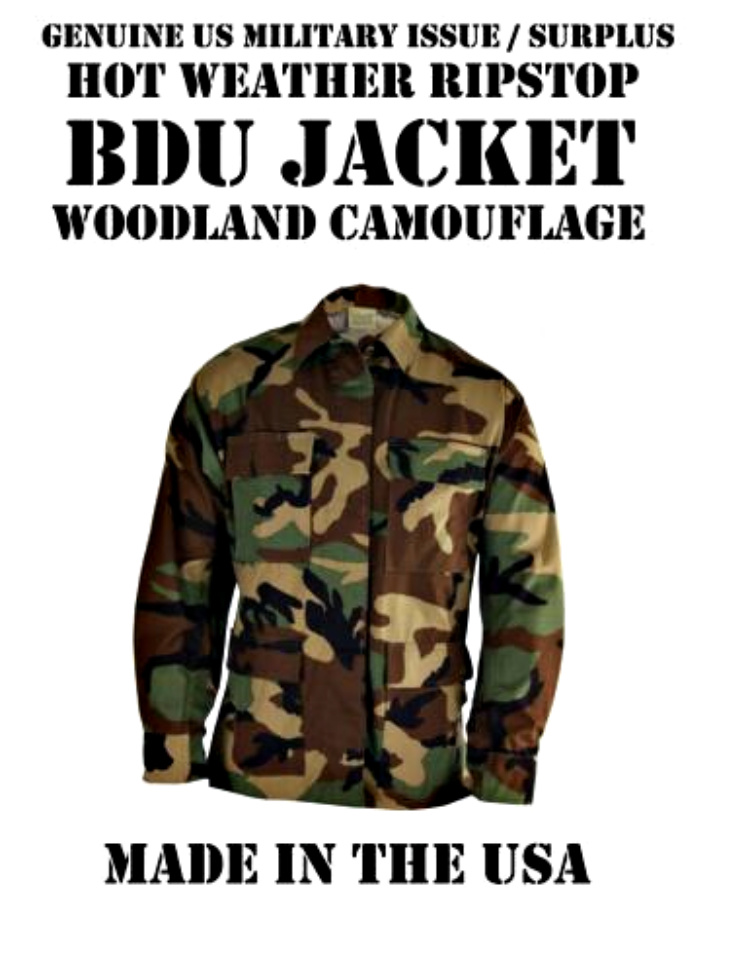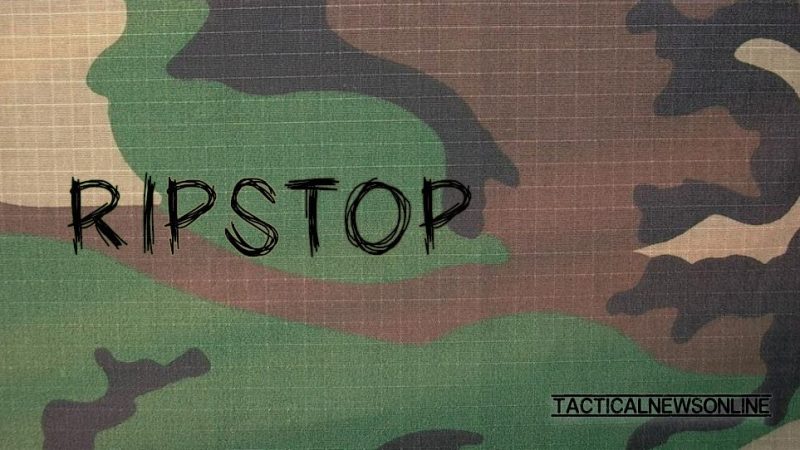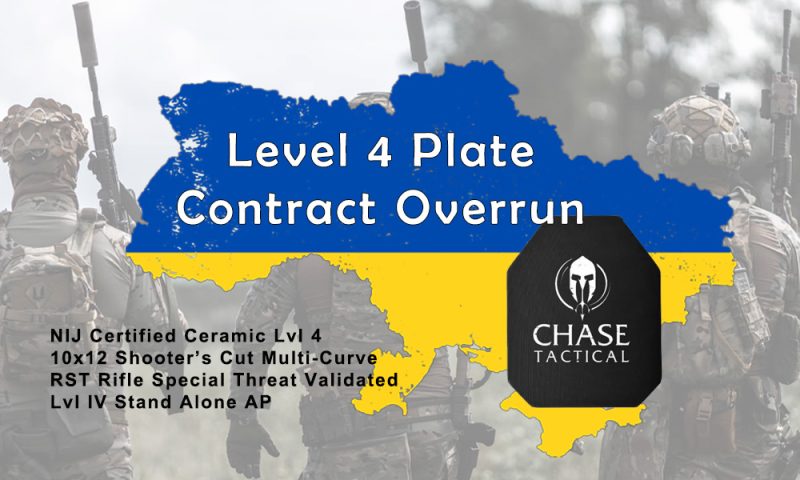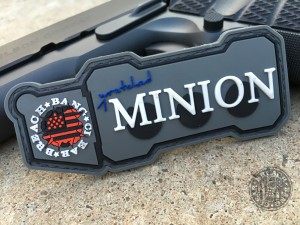Ripstop nylon, or “ripstop” as its colloquially known, is a woven fabric that is reinforced to increase the strength-to-weight ratio. Although it is accepted or even expected as a matter-of-course today, it was once much less common.
In fact, many readers will remember their first introduction to a ripstop fabric when it was introduced into their woodland camouflage BDUs (Battle Dress Uniforms). In its earliest form, ripstop was visible within the fabric as a grid, or “crosshatch” pattern.

What’s the advantage of ripstop? Propper International puts it very well:
Ripstop: the secret is in the weave
Ripstop fabrics are a combination of materials that are woven into a square pattern. That’s not new; clothing has been sewn into squares forever. But what makes it ripstop is the extra threads of synthetic fiber that are placed within the weave at certain increments, usually 1/8 inch or smaller. Nylon and polyester are the two most common ripstop additives. This extra thread strength is what stops a tear or rip from continuing beyond the first square, thus the name “ripstop.” It’s not that the material is indestructible – no fabric is that good – but the special structure minimizes the damage to a garment in the unfortunate circumstance that it should get torn or ripped. A snag from an errant rub against a tree limb no longer results in a gigantic tear.
Other Uses for Ripstop Nylon
Ripstop fabrics perform well in all sorts of other applications in addition to widespread military and tactical use. You can find it incorporated into camping gear, boat sails, and even hovercraft skirts.

According to MMI Textiles,
Ripstop is typically used in making products that are used outdoors. Sailing, tents, sleeping bags, flags, banners, just name a few. It can be used as a reinforcing fabric in products or clothes made to be worn in extreme durability or extreme conditions, like firefighters clothing. And it is a great choice for backpacks, sports clothing, and some different kinds of luggage. One reason Nylon Ripstop is a good option for a lot of these different avenues is that it can be water-resistant, water-proof, fire-resistant, and have zero posterity, which means no air can escape through it. It can come in a wide range of weights and colors and is really just a versatile fabric.
Fabrics have come a long way since the “old days” (speaking of which, remember the “chocolate chip” cammies?), with flash-resistant fabric, NYCO,
Did you know that nowadays you can get Ripstop fabric by the roll in custom fabrics? You can – check out Ripstop by the roll.
More on ripstop (and Nomex, ballistic nylon, NYCO, and others) soon.










0 Comments
Trackbacks/Pingbacks